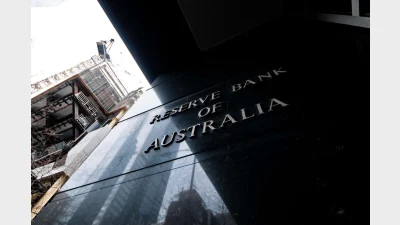Non-government bonds in demand
Demand from superannuation funds and other institutional investors for non-government bonds has significantly altered the risk benefit equation, according to the latest research paper issued by Tyndall.
The paper, “Investing in Credit Securities”, was authored by Tyndall senior credit analyst and points out the risks associated with investing in credit.
Chin said a decline in the amount of government bonds on issue had assisted the strong growth of non-government, largely corporate, credit securities in the Australian market, with non-government bonds having risen more than tenfold in the past 10 years.
Chin said demand amongst superannuation funds meant it was not expected that this trend would abate.
However, she said the changed mix of bonds available had inevitably changed risk.
“Chin said that when the market was predominantly made up of government bonds the primary risk to be managed was interest rate risk, but the changed composition of the market meant credit risk had become increasingly important.
“Specialist bond fund managers have learnt to adapt to the changed market by employing credit analysts to measure credit risk exposure,” she said. “But it is a difficult and complex task for direct investors.”
Recommended for you
Governor Michele Bullock took a more hawkish stance on Tuesday, raising concerns over Donald Trump’s escalating tariffs, which sent economists in different directions with their predictions.
Equity Trustees has announced the appointment of Jocelyn Furlan to the Superannuation Limited (ETSL) and HTFS Nominees Pty Ltd (HTFS) boards, which have oversight of one of the companies’ fastest growing trustee services.
Following growing criticism of the superannuation industry’s influence on capital markets and its increasing exposure to private assets, as well as regulators’ concerns about potential risks to financial stability, ASFA has released new research pushing back on these narratives.
A US-based infrastructure specialist has welcomed the $93 billion fund as a cornerstone investor.












